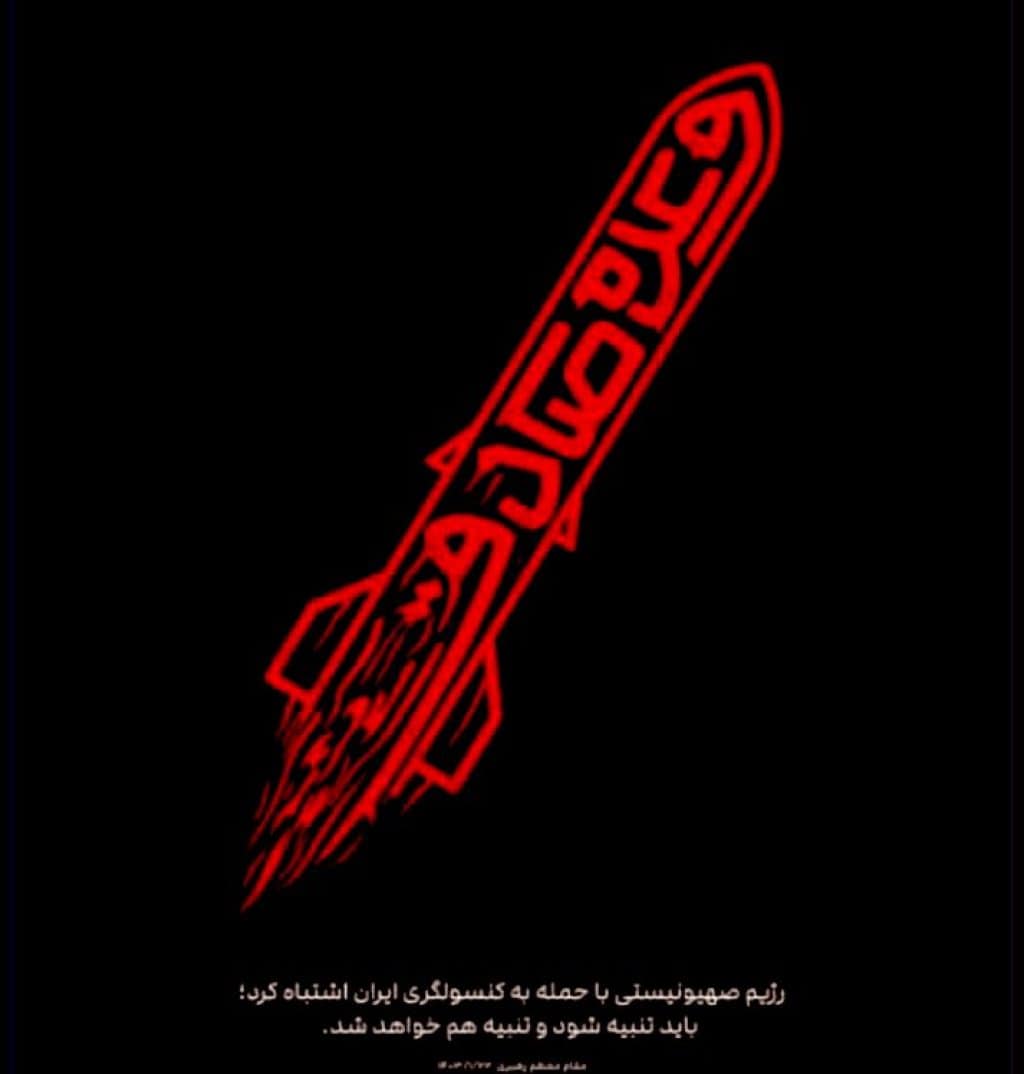
In an unprecedented escalation on April 13, the Islamic Republic of Iran launched some 331 projectiles from its soil toward Israel, including 185 drones, 36 cruise missiles, and 110 surface-to-surface missiles. Most of the launches originated in Iran, though a small portion came from Iraq and Yemen. Israel, the U.S., Jordan, and reportedly Saudi Arabia intercepted a significant number of the missiles and drones, and Israeli officials reported no casualties.
The Iranian people, meanwhile, experienced an astoundingly haphazard domestic messaging campaign, demonstrating both internal discord and ineffectiveness, along with a fear of potential public backlash from the deployment of a significant portion of Iran’s military battery on Israel.
Prior to the attack, Iranian media launched a media campaign to rally domestic support for escalating tensions with Israel. The rhetoric used by regime officials resembled that of an internal propaganda campaign, as opposed to diplomatic messaging for an external audience. In place of employing terms such as “appropriate response” or “proportional retaliation,” high-ranking officials such as Supreme Leader Ali Khamenei, Foreign Minister Amir Abdollahian, and IRGC Operations Deputy for Brig. Gen. Abbas Nilforoushan stated that Israel ought to be “punished” for its strike on the Iranian consulate in Damascus.
Following the threats made by high-ranking Islamic Republic figures, the Iranian National Passive Defense Organization (NPDO) sent out texts to the public, warning citizens to gather an emergency preparedness stockpile of dry food and drinking water. Soon after, NPDO Head Reza Jalali attempted to backpedal on his own agency’s guidance, claiming that the system was hacked and the texts were “sheer lies.” Contradicting the organization’s leader, the NPDO Public Relations Office later denied any hacking allegations, claiming that the texts were “fake.” It remains unclear whether the NPDO system was hacked or whether the agency faced backlash from other arms of the regime apparatus. However, it is nonetheless indicative of the regime’s unalignment of internal signaling.
On the day of the attack, Iranian state media launched a disinformation campaign about the attack, supplemented by social media accounts supplying a range of misleading claims. The IRGC-affiliated Tasnim News posted a video of Texas wildfires, claiming that it depicted Iranian missiles targeting Israel. The reformist Shargh Daily published a video from Argentinian Luis Tomlinson fans, alleging that they are “Zionist settlers fleeing” the scene following the strikes. Numerous X users also engaged in spreading mis/disinformation about the war, as one posted a video taken in Oct. 2023 when Ashkelon was targeted with Hamas rockets, or another verified X account wrongfully claiming that a video from a Russian missile launch was the IRGC’s cruise missiles. More videos were published on X on the day of the attack, and many were removed shortly after.
Attempts from ordinary Iranians to post truthful developments on social media were met with threats from the regime. A day following the attack, Iranians posted pictures and videos of missiles and drones that seemingly exploded shortly after being launched and landed in the vicinity of the city of Shiraz, Fars Province, damaging homes and properties. Posts circulating Persian-language social media mocking the regime’s inability to effectively target Israeli sites while damaging Iranian property evidently angered officials. Consequently, the IRGC Intelligence Organization issued a statement threatening “supporters of Israel in cyberspace” and called on Iranians to report any account that publishes “pro-Israeli content” on social media. The regime’s fear of pro-Israel sentiment among the Iranian population is further evidenced by reports of intelligence officers from the IRGC and Ministry of Intelligence joint meetings to assess the potential for domestic “unrest” in the event of an Israeli attack on Iran.
In light of the chaotic internal messaging surrounding Iran’s escalations with Israel, it is evident that the regime’s fear of public backlash and its struggle with internal coordination are significant challenges during times of crisis. The contradictory messages from high-ranking officials, coupled with failed disinformation campaigns on social media and from state-sponsored media outlets, reflect a regime struggling to effectively capitalize on its attack on Israel within Iran and in cyberspace.







